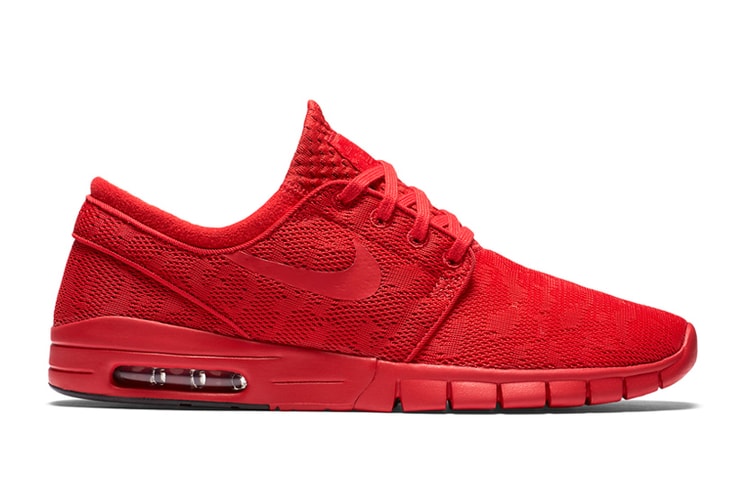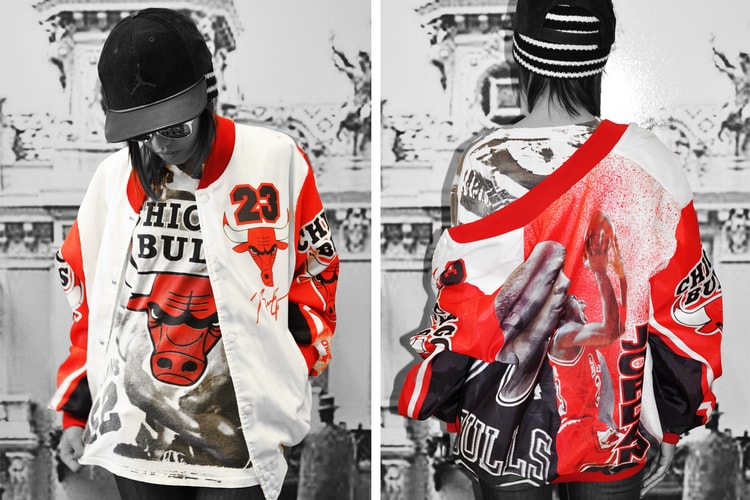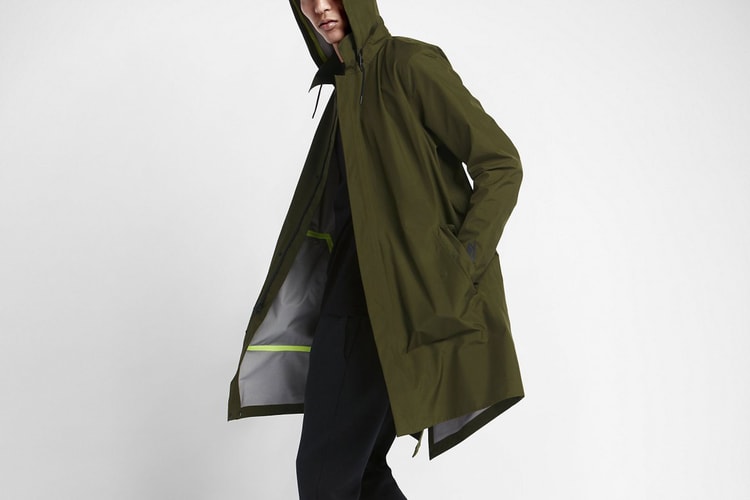Alessandro Michele and Demna Gvasalia Have More in Common Than You Think
‘T Magazine’ spoke to the creative dynamos changing the face and form of fashion.

At first glance, Gucci’s creative director Alessandro Michele and Vetements’ contrarian bad boy-turned-Balenciaga artistic director Demna Gvasalia are nearly polar opposites; Michele’s garments have a detailed, heirloom-esque luxury to them, while Vetements’ recent collections play off contemporaneous counterculture and subverted symbols; for brevity’s sake: Gucci makes fur-lined loafers; Vetements makes sock-like heels with Bic lighters that stand in for the traditional stiletto.
But at their creative cores, both gentlemen are seeking to reframe fashion from an elitist and exclusive culture toward something more reflective of street culture and its denizens, one $350 USD DHL shirt at a time. As part of its #influencer-centric issue, T Magazine‘s Alexander Fury sat down with the odd couple to discuss Michele’s task of revamping a storied brand gone relatively stale, finding beauty in ugliness, and the future of the industry.
Check out some of quotes below and be sure to read the entire interview here.
On finding Gucci’s soul:
Michele: I think also that every single designer sees something different in the same brand. I think that creative work is what you see through your eyes. It’s like … when I think about Gucci, I was trying to find the most crazy piece of the company. Because after a lot of years, Gucci for me was, in a way, flat. Without soul. But in the archive you can find a lot of quirky soul. They created a lot of strange kinds of objects. I think that my job could be easy, because we don’t have a ready-to-wear story, so you can invent what you want. It’s just about travel, suitcases, leather goods. But I was obsessed with this idea of the jet set that, honestly, I don’t think exists anymore. I don’t want to talk with something that is completely dead. But now, the street — I’m obsessed, like you, with the street.On the impracticality and unreality of runway fashion:
Alexander Fury: Traditionally, very little of what designers create for the shows actually winds up in stores for sale. It just exists to be photographed. Is it a vital part of your creative process that the pieces in the runway show will be the bulk of what’s produced to sell?Michele: Yes. Reality is a huge piece of our work. I think that fashion, for a long time, has been in a prison. Without freedom. I think that without freedom, with rules, it’s impossible to create a new story. I mean, I’ve worked in fashion for a long time — but I understand that after years and years of product, product, product. It’s something that kills everything. Also the market. A product without an idea, a soul, an attitude. If you don’t give people the idea that they belong to a tribe …
Gvasalia: They need that.
Michele: They need that.
On Gvasalia’s split personality:
Fury: Demna, do you find it difficult to think in doublespeak, to have an attitude for Vetements and an attitude for Balenciaga?Gvasalia: It helps me. At the beginning it was like, okay, it’s going to be like Jeykll and Hyde and I’ll go crazy. But I must tell you, having those in-between moments — it’s like cold and hot showers. I go back and I forget about that day I spent at Balenciaga. It freshens me. For me, it really helps, creatively.
On the permanence of beauty and style:
Michele: For me, nothing is old. I don’t know why. If a dress is beautiful, and it’s very personal, I think it can live forever. I think that we still have the idea that if you have something beautiful, next season you have to put it in the bin.Gvasalia: It’s terrible.
Michele: This is horrible.
Gvasalia: It’s also bull.
Michele: I don’t care about which season it is. Sometimes I prefer it after seasons and seasons.












